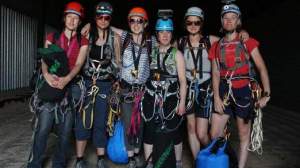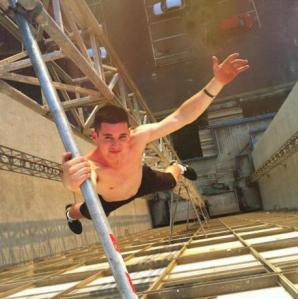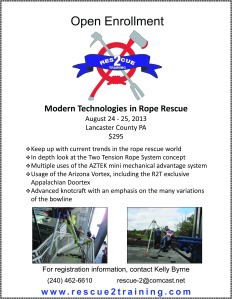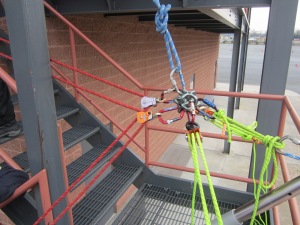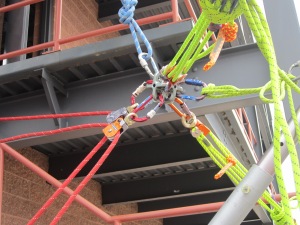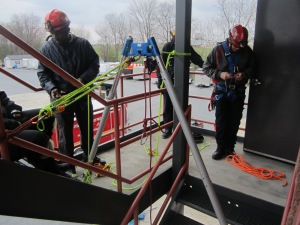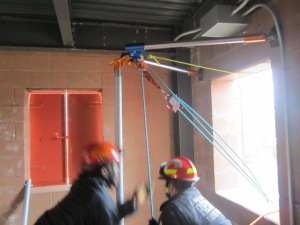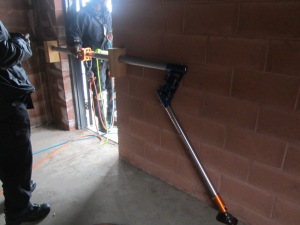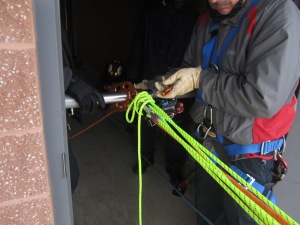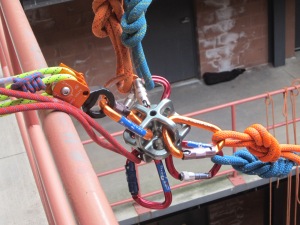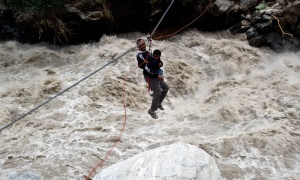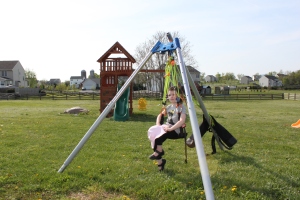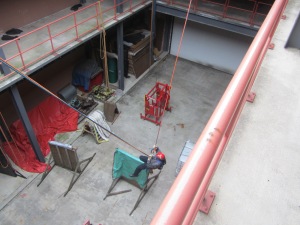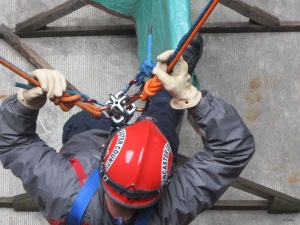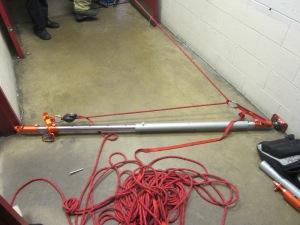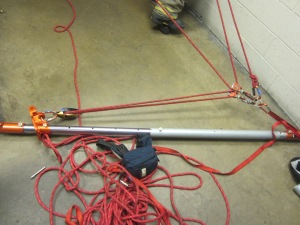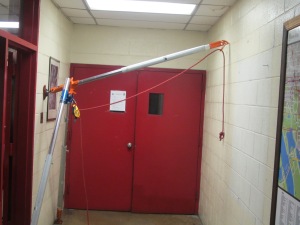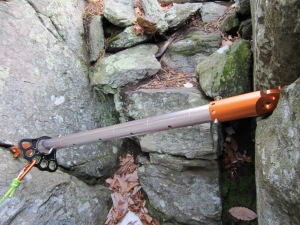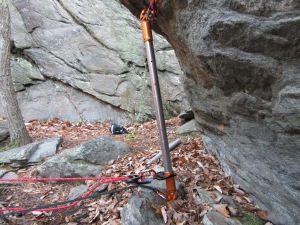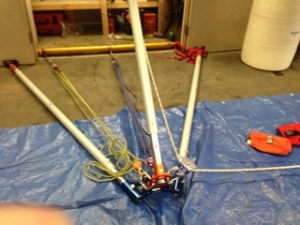If you talk about adding a tensioned belay line to your system, you’re bound to develop some tension in your conversations with people who are not yet a fan of a tensioned belay line. The most common paradigm is to have a loaded main line and an untensioned, slack belay line; this is especially true in the fire service. Recently, however, there has been a bigger push towards sharing the load on both the main and belay line.
There are a couple of reasons for this push. On the fire service side of things, the advent of a device like CMC’s MPD which is able to serve as both a lowering device as well as a competent belay device, has made it possible for departments to capitalize on the advantages of a two tension rope system while still having a piece of gear that meets the ubiquitous NFPA standard. The second reason for the recent trending towards having a tensioned belay line stems from some extensive research into the topic. At the forefront of this charge is Mike Gibbs and his company, Rigging for Rescue.
Just what are the benefits of having a tensioned belay? As you can see from the videos below, the load falls quite a bit less on a loaded belay line. This is because the stretch that would occur in the belay line is taken out by loading the belay line prior to its activation. This is a good thing! The longer you fall, the more likely you are to get run over by the basket or hit another object on your way down. In the case of a dual MPD system, you also get the added benefit of having a mirrored system at the anchor. It’s only one device to learn how to use, which is a nice added benefit if your team doesn’t get to practice as much as you might like. Check out a pretty in depth look at tensioned belays at :
The following tests were all performed by Rigging for Rescue and used a 200 kg test mass, 30m of 11mm rope in service (except for the last one, which is 10.5mm dynamic) and a tandem prusik belay. The notable differences in how far the load dropped before stopping comes from tensioning the belay behind the prusiks.
https://www.youtube.com/watch?v=cbDjC833Nz8&noredirect=1
https://www.youtube.com/watch?v=GDNzlFg3EX8&noredirect=1
https://www.youtube.com/watch?v=L_K9nXYocuE&noredirect=1
https://www.youtube.com/watch?v=HrGCxwTKJkk&noredirect=1
Gallagher anybody?
https://www.youtube.com/watch?v=sWCOHtaBSjk&noredirect=1
Be sure to check out RfR’s website for a lot of other great research and opportunity to learn from a very knowledgeable group.


